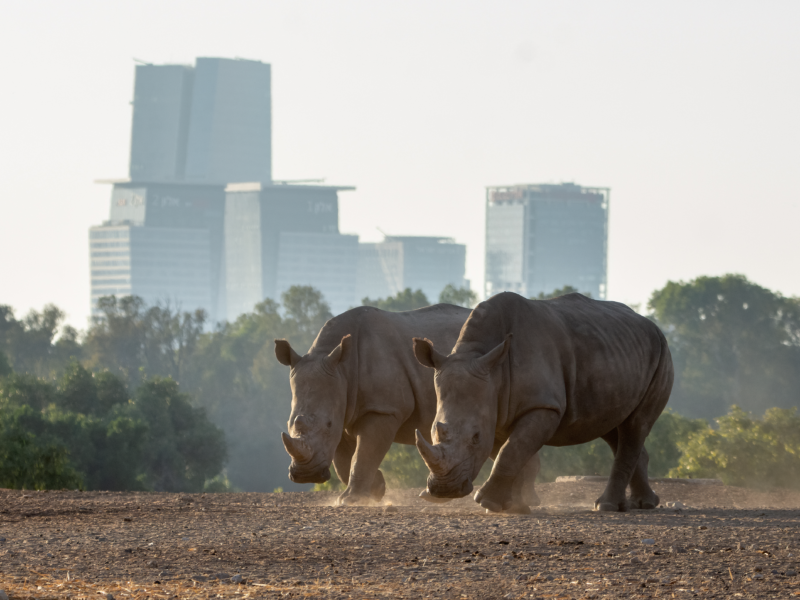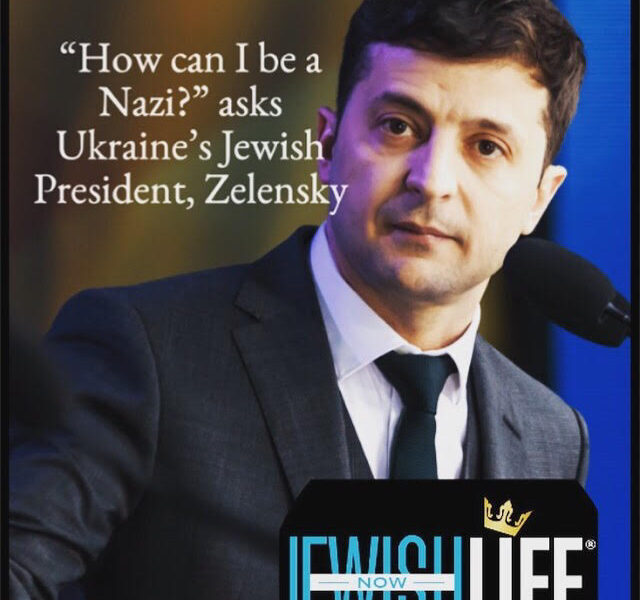Jewish communities, large and small, have a long and storied history in the growth of Arizona. This was quite apparent in central Arizona between 1940 and 1960.
Schoolchildren around the country at the beginning of the fourth decade of the 20th century learned some basic facts about Arizona. Called the Baby State, it was the 48th state to be admitted to the Union just 28 years earlier. Its capital was Phoenix. Arizona was best known for the Five Cs: cattle, cotton, copper, citrus and climate. Because of its hot and dry desert climate, many people with respiratory problems moved here.
As 1940 dawned, Arizona stood on the threshold of spectacular change. From 1910 to 1940, Phoenix’s population grew from 11,000 to 65,000. Maricopa County’s population increased from 90,000 to 186,000 over the same 30-year period. Although substantial, that 30-year growth pattern pales when compared to what was about to occur, and the small Jewish community in 1940 was about to share in that growth.
Life in the Valley of the Sun in the early 1940s reflected what those schoolchildren had learned. Cotton fields abounded in farming communities from Chandler to Mesa, from Buckeye to Glendale. Tempe was a small college town as well as a farming community, with Scottsdale an unincorporated artist colony. Between Phoenix and Tempe, along Washington Street, was one of the largest cattle-feeding operations in the West. Throughout the county were scattered large citrus groves. Producing copper mines were located in the mountains to the east of the Valley.
Because of the climate, people with health issues and those who wished to escape cold winter weather arrived in the Valley of the Sun by car, usually on U.S. Route 60, or on Southern Pacific or Santa Fe passenger trains. Phoenix, the commercial center of the Valley, boasted a vibrant downtown offering everything from entertainment venues to professional services. Large hotels and department stores as well as smaller businesses formed the core of downtown Phoenix.
The three largest department stores, Korrick’s, Goldwater’s and the Boston Store (later Diamond’s), were owned and operated by members of the small, vibrant Jewish community. Jewish professionals – doctors, dentists and attorneys – were housed downtown. Men’s clothing, jewelry, luggage, dress and specialty stores were among the Jewish-owned businesses, all part of the fabric of downtown. Other Jewish businessmen operated produce, wholesale, manufacturing and scrap businesses.
In spite of some social restraints, the Jewish community, although small in the early 1940s, was an active contributor in every facet of the local and state growth, providing civic leadership disproportionate to its size. Founded in 1920, Temple Beth Israel, a Reform congregation, built the city’s first synagogue on Culver and Second Street. Beth El, a Conservative synagogue, built its sanctuary on the corner of Third Avenue and McDowell Road in the late 1930s. Beth Hebrew, an Orthodox congregation, was located on Portland near Third Street.
The table was set for an explosive growth of the area in general and the Jewish community in particular. Signs of that growth began to appear in 1940. With war on the horizon, Army and Navy Air Force training facilities were being constructed throughout the county; these included Williams, Luke and Falcon airfields and the Goodyear Naval Air Station. Along with these military facilities came military personnel, the vast majority of whom arrived in the state knowing little about Arizona beyond the geography lessons they had learned in school.
The Jewish soldiers were made to feel at home during their stay, being invited to celebrate the holidays in the synagogues and private homes. The sincere warmth of the community as well as the amazing weather and opportunities the area held were enough to lure many of those veterans back to the Valley at war’s end. The seeds for growth had been planted.
“But it’s a dry heat,” didn’t slow down the migration. With the development of refrigerated air-conditioning and evaporative coolers in the 1930s, that summer heat became more bearable and made living in the southern half of Arizona exceptionally attractive to groups of young and ambitious men and women. Educational opportunities began to expand following the war, with Phoenix Junior College and Arizona State College at Tempe available for GI Bill students. Jewish services and opportunities also began expanding. In 1948 the foundations for a Jewish Community Center were laid, and a monthly Jewish publication was launched. AZA and BBG youth groups were formed.
Jewish students at the three city high schools, Phoenix Union, North Phoenix and West High, would gather for lunch to kibitz with their friends at Jewish tables in the schools’ cafeterias. During the summer they could be found huddling in the northwest corner of the Encanto Park swimming pool – segregation by choice.
In the early 1950s Arizona State College boasted nearly 5,000 students. In 1951 Alpha Epsilon Pi fraternity was the first formal Jewish organization on the ASC campus, soon to be joined by a Jewish sorority, Alpha Epsilon Phi, and Hillel. Following graduation, many of those students stayed in the community to help build the foundations for the growing Jewish community in the 1960s and 1970s.
In 1950 the Phoenix population was 106,000, and the county had grown to 332,000, with both sitting on the threshold of an amazing 10-year growth spurt. There still were only three synagogues in Phoenix and by some estimates about 1,000 Jewish families – old-established families mixed with many new young families.
New housing developments were under construction on the city’s outskirts. The city limits were about to literally overflow their banks, bounded on three sides by the Grand Canal and the Salt River. In the early 1950s Phoenix’s city limits had expanded along Central Avenue south to the Salt River, north to the Grand Canal (south of Camelback Road) and extended along Thomas Road, east to the Grand Canal bordering 22nd Street and west to 35th Avenue. Those boundaries embraced 17 square miles.
The commercial demographics had begun to shift north of downtown. In 1953 a sign on a vacant lot on the northeast corner of Central Avenue and Thomas Road (two miles north of downtown) boasted, “This is the center of population for Phoenix.” Three blocks to the west was the new St. Joseph’s Hospital, having recently moved from downtown. Two blocks to the north of that sign was a large empty tract of land, which a few years earlier had been the home of the Central Dairy and hundreds of dairy cows. By 1955 it was the site of Park Central, the city’s first regional shopping center.
Goldwater’s and Dillard’s anchored the center, which included a number of the downtown Jewish merchants, among them Leonard’s Luggage, Hanny’s Men’s Store and Miracle Mile Deli. The completion of Christown Shopping Center, the Valley’s first air-conditioned mall, on 19th Avenue and Bethany Home Road, a few years later, had Korrick’s as its key local anchor. The opening of that center sounded the death knell for the downtown business district.
Having outgrown its Carver Street building, Beth Israel built a new temple on 10th Avenue and Flower Street, six blocks north of Thomas Road, in the late 1940s. The town was on the move. Thomas Road and Central was the new uptown. As the city moved north so did Jewish families. Phoenix never had a “Jewish Neighborhood” per se. Many Jews began moving up Central Avenue, far north of the city limits, to new streets bristling with custom homes and fanciful street names such as Why Worry Lane and Linger Lane, where Jewish families were often the majority of the streets’ residents. Linger Lane, a cul-de-sac located one block south of Northern Avenue, had homes built by a Jewish contractor on land owned by a Jewish attorney. Of the first 11 custom homes on the street, Jewish families occupied nine.
Sam Hoffman, a local Jewish homebuilder, built Phoenix’s first Jewish Community Center in 1953. Located north of the city limits on 15th Street and Camelback Road, the center included air-conditioned meeting rooms, a swimming pool and a gym with a basketball court. It quickly became the center of Jewish youth activity. To date, it was the strongest visual evidence of the growing Jewish presence in Phoenix.
Other Jewish support organizations were begun and expanded during the decade. By 1960 the Tale of Two Cities was nearly complete. In the Phoenix of the 1940s, most of the town’s Jews knew one another. Not so 20 years later. By 1960 Phoenix had grown from a small city to a maturing metropolitan city with a population of more than 439,000. The county had two-thirds of a million citizens with the Jewish community growing to over 20,000.
From a Jewish perspective it is truly a Tale of Two Cities.





